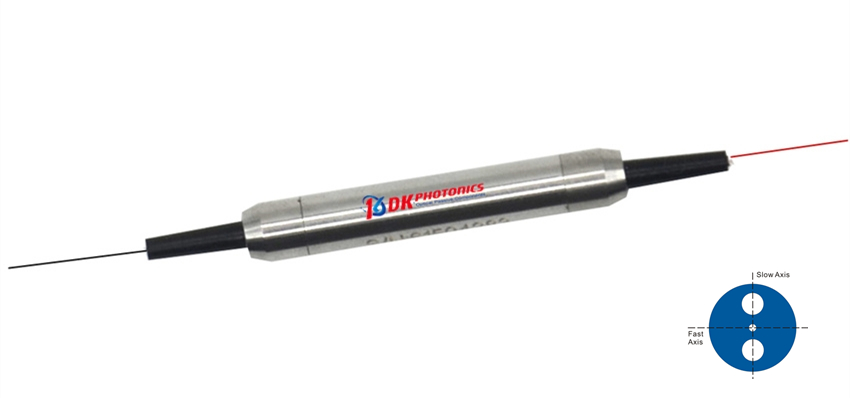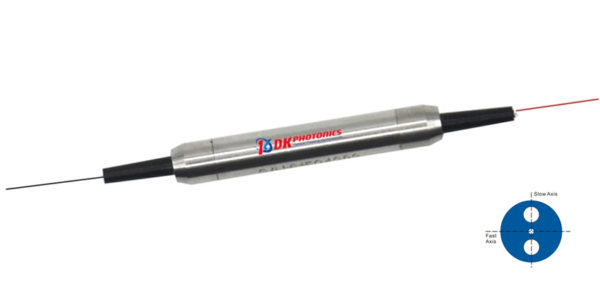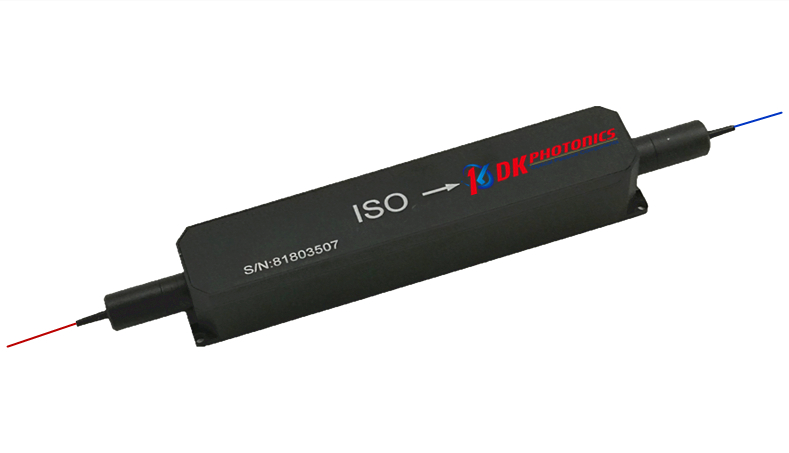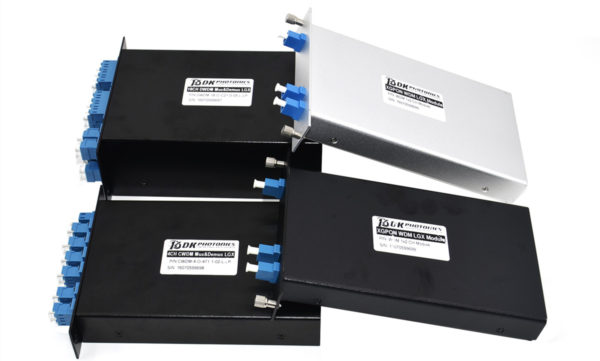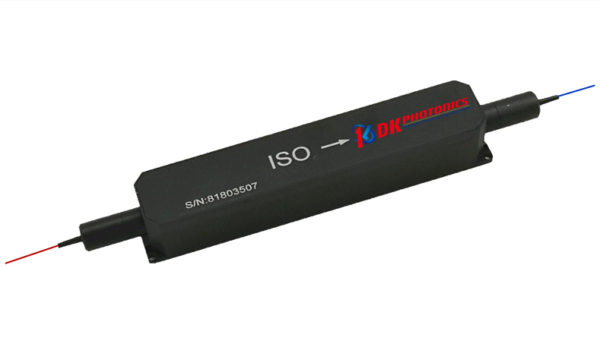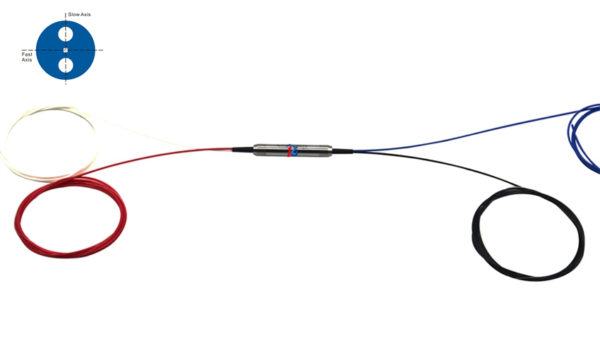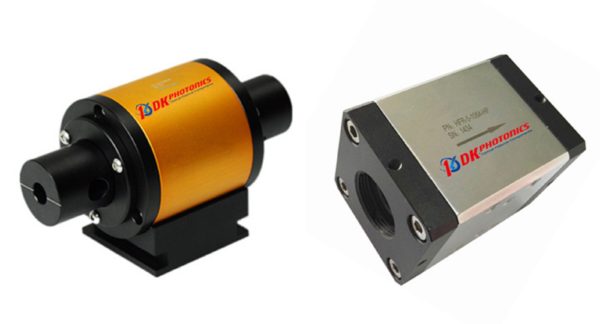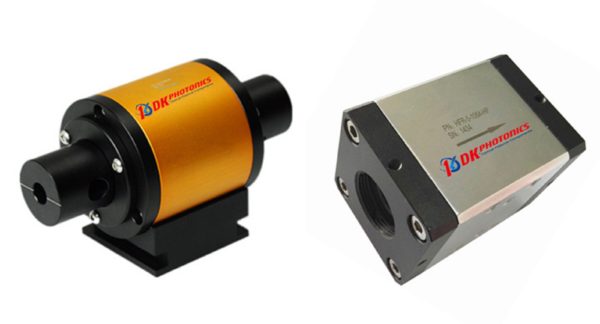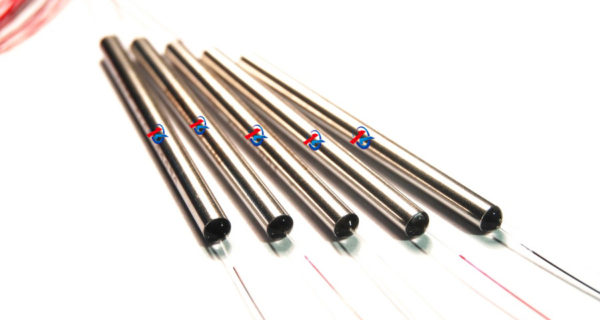Power isolators can be defined as one type of mechanical switch that is used to isolate a fraction of the electrical circuit when needed. High power isolator switches are mainly used for opening an electrical circuit in the condition where it is no-load and is not to be opened while current flows through the line.
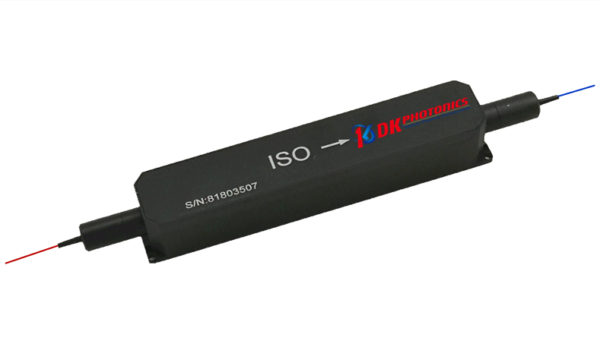
Generally, high power isolators are placed on the circuit breaker at both the ends, and thus circuit breaker repair works can be done easily that too without any risk. On the other hand, 1064nm High Power Isolators can be used in substations so as to allow isolation of tools such as transformers, circuit breakers, etc.
This kind of power isolation is furthermore needed in a number of instances including:
- To prevent ground loops in various communication networks
- To protect different industrial operators from high voltage problems
- To enhance noise immunity in various operations
- To protect costly processors and circuits from high voltage
- To communicate with high side devices and tools in a power converter system
How do power isolators work?
The working of a power isolator is not that challenging and can be easily functioned in different ways including manual, semi-automatic, and fully automatic. Sometimes, they can also be used as switches that are closed and opened depending on the needs and demands of the operation. Plus, they are also used in a fixed position to keep the isolation in electrical transmission lines, grid stations, and transformers.
What are the different types of power isolators?
Typically, power isolators can be divided into three types, namely:
- Double break type isolator- this type of isolator has major loads of post insulators where the middle one has a flat male contact or a tubular that is turned straight by a short spin.
- Single break type isolator- in this type of isolator, the contact is separated into two elements, the female as well as male contact.
- Pantograph type isolator- this type of high power isolator allows for a current switchgear installation, and includes an operating and post insulator.
What is the major purpose of using high power isolators?
The main purpose of high power isolators is to isolate one part of the circuit from the other. They are generally put on both the ends of the circuit breaker in a sequence that they make the replacement or repair of the circuit very easy and without any danger. It is not intended to be opened when current is flowing in the line.
